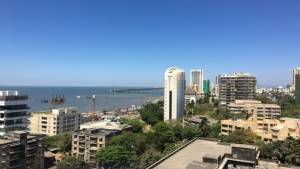CYCLONE ALERT - Precautions for driving in case you have to: Things you should know
The unusual cyclone in the Arabian Sea named Nisarga, is scheduled to make landfall later today, somewhere between Mumbai and Alibaug, before it moves inland towards Central India. The authorities have asked everyone to stay indoors and that is what we must do. But just in case you have an emergency and have to drive out, there are certain precautions one should take.
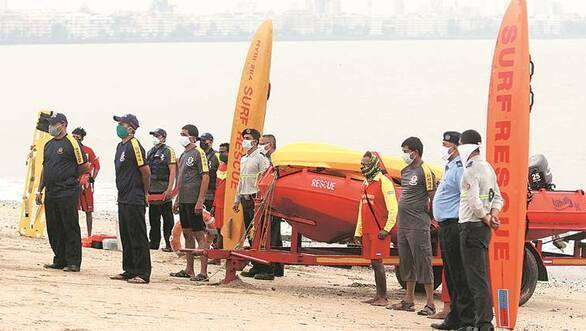
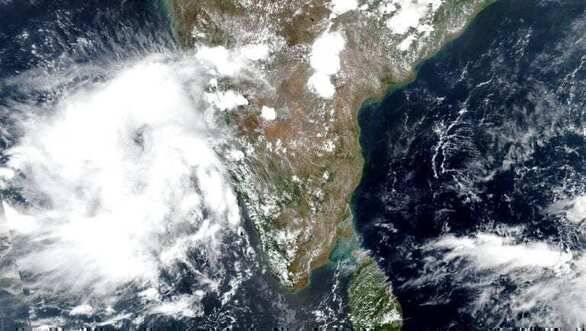
Since it has already started raining and these are the first serious rains of the season, the road will be very slippery due to the rainwater mixing with all the dirt, grime and oil that would have collected on the road. Until some strong showers wash these off, please be aware that traction will be very poor and the chances of skidding are higher. Your braking distance and stopping time will increase too. So brake earlier and gently. In fact, the best thing to do on slippery surfaces is drive very smoothly and gently. No sudden acceleration or braking, because this can result in the tyres breaking traction. Also, steer and turn slowly and smoothly.
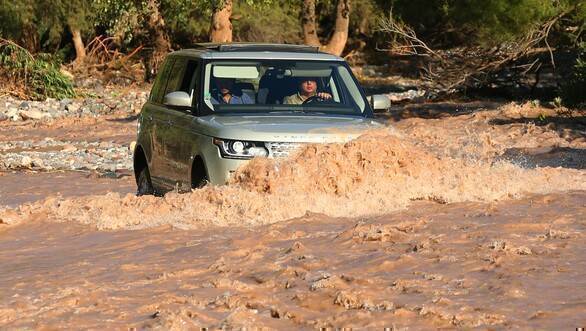
The huge volume of rain in a short time will also lead to waterlogging in some places and standing water. Obviously its best to stay away from flooded streets, but in case you have to go through, drive very slowly and in a low gear. In case half the wheel of your car gets submerged in the water, please do not proceed ahead, because your car's engine can suffer serious damage if the water gets sucked in. This is a basic thumb rule, and it always helps to know the exact water wading depth of your vehicle. Depending on the depth of the water, keep the vehicle in either first or second gear, with the engine rpm around 3,000 at all times. This will build a wave of water in front of your vehicle and prevent it from surging into your engine compartment. The high engine revs at a low vehicle speed also prevents water from rushing into your tailpipe.

Hitting standing water at speed can also cause the car to aquaplane which is when water comes between the tyres and the road surface, reducing grip from the tyres. This actually feels like your car is floating on water and the only way to recover complete control is to get off the accelerator or the brake, and wait for the car to slow down and regain grip. Once you feel the tyres regaining traction then gently apply the brakes.

If you have driven through a flooded street, apply the brakes a few times to dry them out, because when brakes are wet their stopping power also reduces. And don't immediately switch off the vehicle. Allow the heat of the engine and exhaust to dry out any wet electrical components.
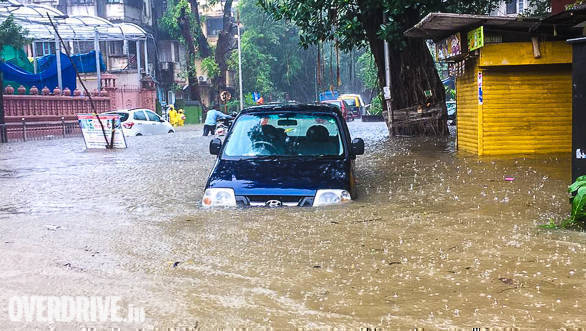
The heavy rain will also reduce visibility. So ensure that your windscreen is clean and dry on the inside. If it does start to fog, use the defogger and direct the air conditioner towards the windscreen to clear up the mist. These days, most modern cars with climate control automatically turn on the AC when the defogger is selected. Avoid wiping the windscreen while on the move, as it can be both distracting and dangerous. Venture out only if the wipers are working properly and the blades are in good shape. Also, ensure the windshield washer reservoir is full and you could add some liquid soap or a branded additive to improve the cleaning.
Also understand that if your vision is compromised, so is that of the other people on the road. Driving with day time running lights and fog lights, or headlights on low beam is the best way to ensure that others can see you. After dark, avoid using the high beam in heavy rain as the light tends to bounce back off the water and further obscures your vision. And only use the hazard lights when you are parked or pulled over.
Finally keep some dry food rations in your vehicle along with rain-wear and a torch. And in case you get stranded somewhere and the water starts to rise around your vehicle, abandon it immediately and head for higher ground. Don't just sit inside with the AC running hoping for the floods to subside. At times like this, it's better to be cautious and leave the car and find shelter. And remember, head out only if it's extremely urgent and important. The authorities in certain states have put a ban on vehicular movement. So if you leave your car parked, try and ensure it's not under an unstable tree or streetlight.
